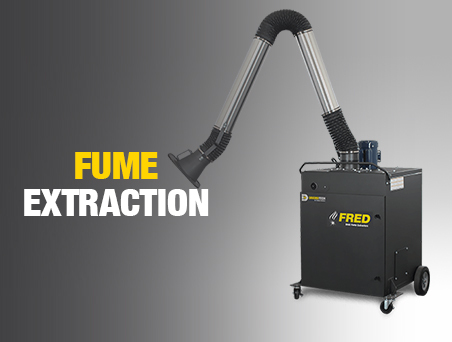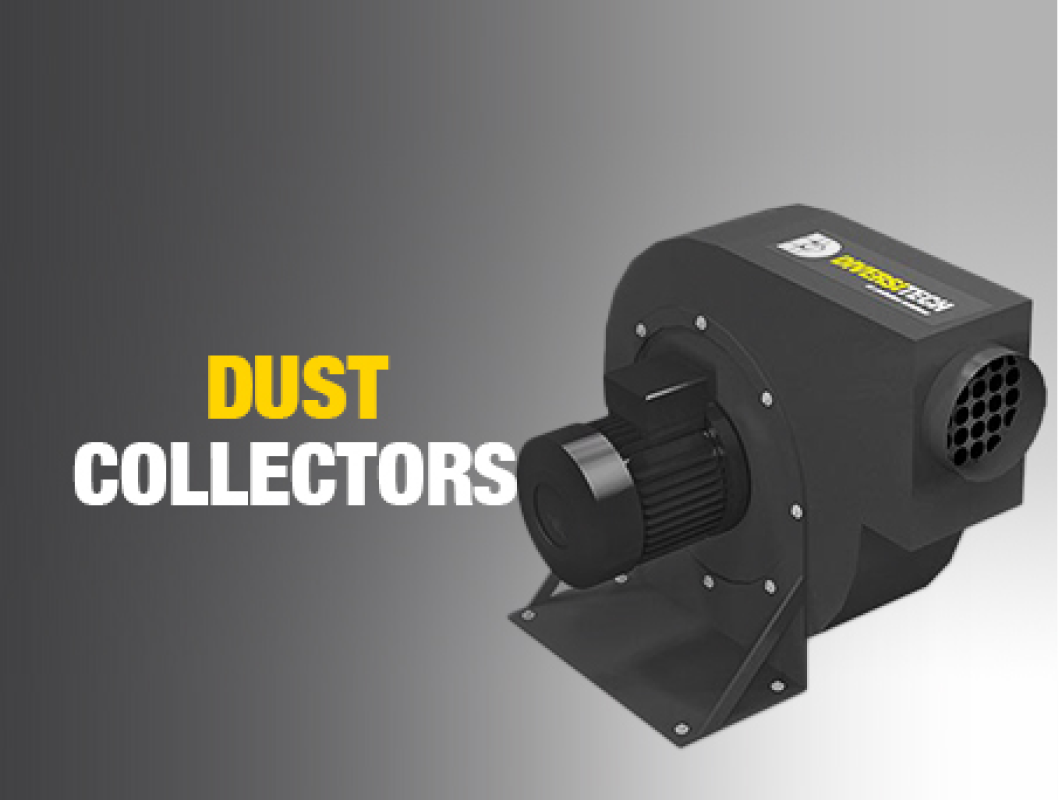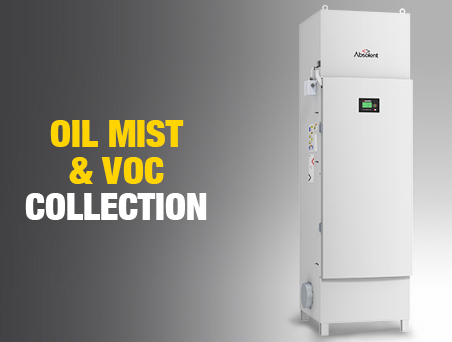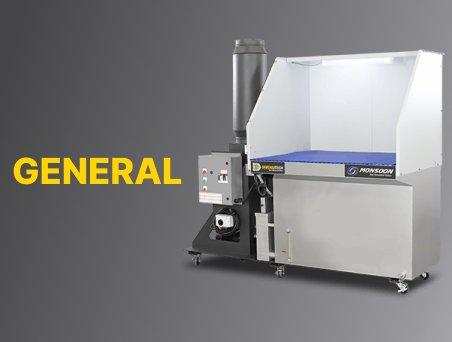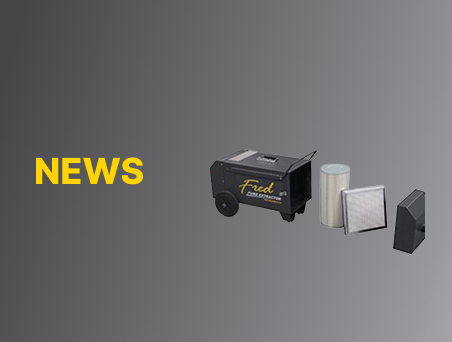The National Fire Protection Association (NFPA) has recently released changes to NFPA 652 Standard on the Fundamentals of Combustible Dust. With significant impacts for facilities across the country, businesses are expected to be compliant with the new regulation by September 7, 2020 or risk hefty fines as a result.
Of all the changes to NFPA 652, the most important is the Dust Hazard Analysis (DHA) requirement by this date for facilities processing combustible dusts. Businesses need to act sooner than later to guarantee they meet this new deadline if they want to stay NFPA compliant.
What is NFPA 652?
Covering the basics of combustible dust safety, NFPA 652 Standard on the Fundamentals of Combustible Dust lays out a consistent set of standards across all industries. With a goal to prevent loss of life and facility from catastrophic fire and explosion, the regulation outlines required actions for businesses to stay compliant.
The responsibility for maintaining NFPA 652 compliance rests solely on the shoulders of businesses. Under the regulation, businesses must establish building requirements and facility layout for fire protection and safety where combustible dusts are present. It is important that they familiarize themselves with the combustible properties of the specific materials processed at their facility as well. This includes knowing which of their materials are combustible and the degree to which they pose a hazard.
To further reduce the risk of fire and explosion, businesses must ensure that facility equipment is NFPA compliant and take steps to implement management systems that address the specific hazards for their facility. These systems include such things as proper housekeeping protocols and employee training.
NFPA 652 also mandates that facilities conduct a DHA prior to installing new equipment and within five years for existing equipment.
How Changes to NFPA 652 Impacts Businesses
Along with these major requirements, there have been some recent changes to NFPA 652. The most pressing for businesses is the new deadline for completing their DHA. For all existing equipment, a DHA must be performed by September 7, 2020. Other significant changes to NFPA 652 include:
- Businesses are now required to review and update their DHAs every 5 years.
- Explosion protections are no longer required for smaller pieces of equipment (less than 8ft3 / 0.2 m3) as they present a lower risk.
- Housekeeping requirements are outlined in greater detail to include specifics on how to vacuum and sweep to avoid fire and explosion.
- Exemptions are no longer made for isolation of small diameter ducts (less than 4 inches in diameter).
The responsibility of compliance to NFPA 652 falls squarely on the facility, not on any equipment manufacturer. If a business has purchased a dust collector, they alone have to ensure that it is NFPA compliant. The equipment manufacturer is not held liable if the collector fails to prevent a combustible dust fire or explosion.
Table of Contents:
DHA Requirements for Businesses
The potential for fires and explosions due to combustible dusts varies from facility to facility and process to process. A Dust Hazard Analysis (DHA) determines whether or not the presence of a hazard exists and to what extent.
NFPA 652 outlines specific requirements for conducting DHAs that companies must follow to stay compliant. As previously stated, NFPA 652 mandates that existing facilities must complete a DHA for their processes by September 7, 2020. OSHA is already encouraging businesses to not wait until this deadline. If your facility processes combustible dusts, you’ll want to identify those hazards sooner rather than later.
If a business has a new process or is currently modifying their existing processes, they must perform a DHA as part of that plan. Waiting until after a project is finished to complete a DHA only to discover that a combustible dust hazard exists will simply delay that project. It is far more difficult and costly to implement engineered controls to contain combustible dusts after a project is completed than during.
A DHA must also be conducted by a qualified person. This could be a facility operator, engineer, owner, equipment manufacturer or consultant. Businesses are allowed to choose someone from their internal staff but picking someone with an outside perspective will always be the best bet. The qualified person conducting the DHA must be familiar with the hazards of combustible dusts as well as the materials specific to the facility in question.
It is important to note that a facility must review and update their DHA every five years.
Businesses often wonder if a DHA is required for their facility and if NFPA 652 applies to them. The short answer to this question is that if you have to ask, then yes, a DHA is needed. Simply put, DHAs are required for businesses that process combustible dusts, and for those that are unsure if they do or not.
Diversitech Solutions
For those businesses looking to stay compliant with NFPA 652, Diversitech offers solutions. A leader in the industrial air filtration industry, Diversitech has a number of products that meet or exceed NFPA and OSHA standards. Our wet dust source capture and ambient air filtration equipment effectively collect hazardous dusts, greatly reducing risk of catastrophic fire and explosion.
Typhoon Wet Dust Collectors
Perfect for for large scale dust collection applications, Diversitech’s Typhoon Wet Dust Collectors feature powerful performance and high efficiency filtration. Using an ultrasonic water level control system to maintain correct levels when in operation, the Typhoon is capable of 8000 to 12,000 CFM and can achieve up to 12” of external static pressure. Able to withstand industries’ toughest applications, the Typhoon Wet Dust Collector can be used for rubber grinding, chemical dust, foundry applications and abrasive blasting.
Monsoon Wet Downdraft Tables
Self-contained, source capture units requiring no additional equipment, the Monsoon™ Series Wet Downdraft Tables safely capture hazardous and combustible dusts. Integrating the dust collection basin and water baffles under the downdraft table surface allows for an extremely small equipment footprint. All Monsoon tables include swivel castors, offering added versatility to metal processing applications.
Wet Dust Collection Booth
A simple, turnkey solution for larger work pieces, Diversitech’s Wet Dust Collection Booth safely captures combustible dust at source. The booth effectively draws dust and other airborne contaminants into its backdraft hood and away from the operator’s breathing zone.
The stainless steel Wet Dust Collector serves as the booth’s filtration system and range in size from 3000 CFM, 5000 CFM, and 6500 CFM units. With a customizable, modular design the Wet Dust Collection Booth is compliant with OSHA and NFPA codes.
To meet this new NFPA 652 deadline, businesses will want to act sooner than later to complete their DHA. More than just avoiding fines, staying NFPA compliant ensures a safe environment for workers and could potential save businesses from devastating financial loss. As always, Diversitech is there to provide businesses the guidance and products they need to stay safe and compliant.
Related Products
Oil Mist Collectors

The Absolent A•erity family carries advanced oil mist filters that are best suited for CNC machining, grinding, and forming/pressing machines that are running high RPM and high coolant pressure.
FRED SR
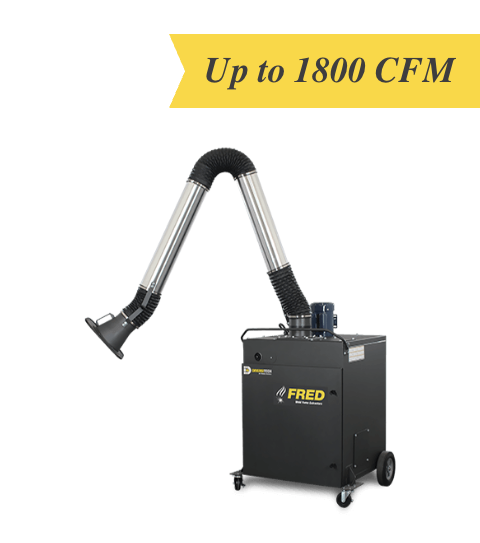
The industry standard for eliminating smoke, dust and fumes, the FRED Sr. is a professional grade fume extractor.
Wet Downdraft Table

TYPHOON WX


